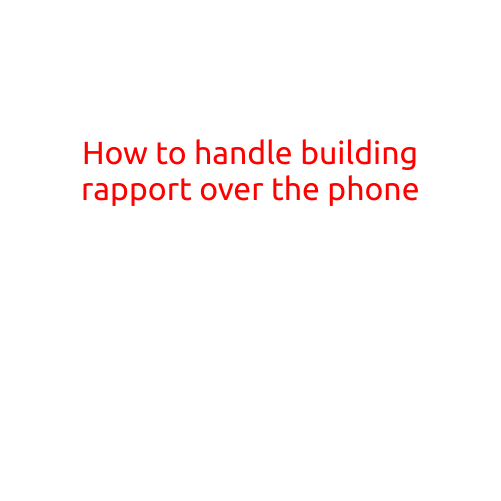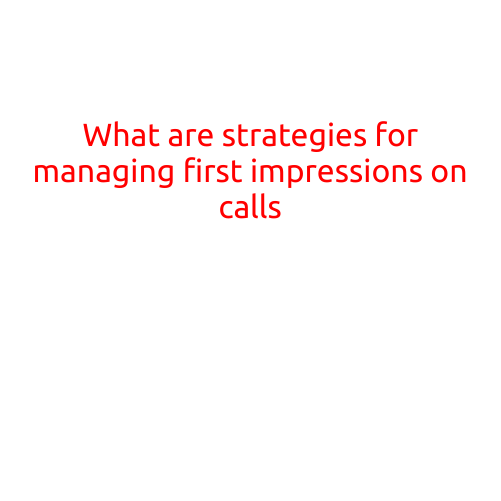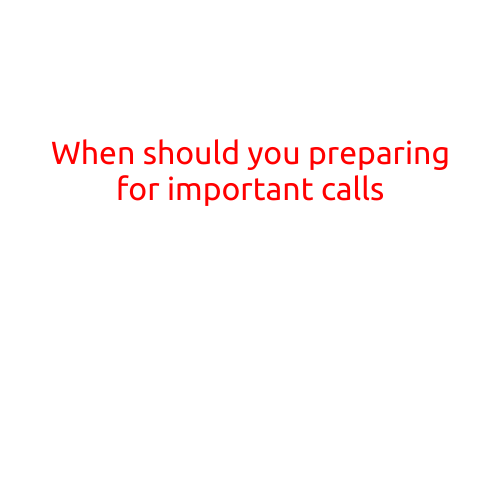
What are the Essentials of Call Closing Techniques?
Closing calls is a crucial step in the sales process, but it can be a challenging and delicate art. Effectively closing calls requires a combination of skills, strategies, and techniques to persuade prospects to make a purchase or commit to a specific action. In this article, we will explore the essentials of call closing techniques that can help you improve your sales performance and achieve your goals.
1. Build Rapport and Trust
Before you start closing the call, it’s essential to build a rapport with the prospect and establish trust. This can be done by finding common ground, showing empathy, and being genuinely interested in the prospect’s needs and concerns. When you build rapport, the prospect is more likely to feel comfortable and open to your pitch, making it easier to close the call.
2. Identify the Prospect’s Needs and Pain Points
Understanding the prospect’s needs and pain points is critical to closing the call. By identifying their challenges and concerns, you can tailor your pitch to address their specific issues and show how your product or service can provide a solution. This helps to increase the chances of a successful close.
3. Use Open-Ended Questions
Open-ended questions are an essential tool in call closing techniques. By asking open-ended questions, you can gather more information about the prospect’s needs and concerns, while also encouraging them to think critically about their situation. This can help to build trust and rapport, and increase the chances of a successful close.
4. Use the FAB Technique
The FAB technique is a powerful call closing technique that involves highlighting the benefits, authority, and features of your product or service. By using FAB, you can show the prospect how your product or service can address their specific needs and concerns, and increase the chances of a successful close.
5. Use Storytelling
Storytelling is an effective call closing technique that can help to build rapport and trust with the prospect. By sharing a relatable story that illustrates the benefits and value of your product or service, you can increase the chances of a successful close.
6. Use the “Yes” Technique
The “Yes” technique is a simple yet effective call closing technique that involves asking the prospect a series of yes or no questions to build momentum and increase the chances of a successful close. By using the “Yes” technique, you can quickly identify areas of agreement and build a sense of urgency around the potential sale.
7. Use the “One-Two Punch” Technique
The “One-Two Punch” technique is a powerful call closing technique that involves delivering a combination of punches, or offers, to persuade the prospect to make a decision. By using the “One-Two Punch” technique, you can increase the chances of a successful close by offering a combination of benefits, discounts, and other incentives.
8. Be Confident and assertive
Confidence and assertiveness are essential qualities for any salesperson. When you’re confident and assertive, you’re more likely to close calls and achieve your goals. Be sure to practice your pitch and be prepared to handle any objections that may arise.
9. Anticipate Objections
Anticipating objections is a critical part of call closing techniques. By anticipating objections, you can prepare a response and increase the chances of a successful close. Don’t be afraid to take the initiative and address objections head-on.
10. Follow Up
Finally, it’s essential to follow up with the prospect after the call to ensure that they’ve received all the information they need and to answer any additional questions they may have. By following up, you can increase the chances of a successful close and build a strong relationship with the prospect.
In conclusion, call closing techniques are essential skills for any salesperson. By using the techniques outlined in this article, you can improve your sales performance and achieve your goals. Remember to build rapport and trust, identify the prospect’s needs and pain points, use open-ended questions, and be confident and assertive. With practice and persistence, you can become a master of call closing and achieve success in your sales career.





